The sight of emerging wildflowers makes our hearts beat faster every spring. Photographer Steve Nicholls tells us how these fragile beauties first seduced him, and offers tips to help you capture your own stunning images in your garden or local park.
Learn how to take great photographs of wildflowers in our expert photography guide.
Britain is often described as a small island, yet it still hosts some real world-beaters when it comes to wildflower spectacles. As a wildlife film-maker, I’ve been lucky enough to track down wildflowers all over the planet, from the ephemeral blooms that colour the deserts of South Africa and Mexico to the world’s largest flower – Rafflesia – in the rainforests of Borneo. But I’d easily rank Britain’s spring-flower displays as equal to any of these.
Take bluebells, for example. These are called ‘Atlantic’ plants, since they need the moist, warm conditions created by the Atlantic Ocean, so only grow in spectacular numbers in north-west Europe, with the very best displays found in Britain. About half the world’s population of bluebells grow in this country. While some spring woodlands look like a lake of blue water, others look as though they have been carpeted by a late snowfall. Wild-garlic woods are common across the whole country and while some people turn their noses up at the garlic stench, these plants create such a conspicuous spectacle that they’ve given their name to countless towns and villages across the land.
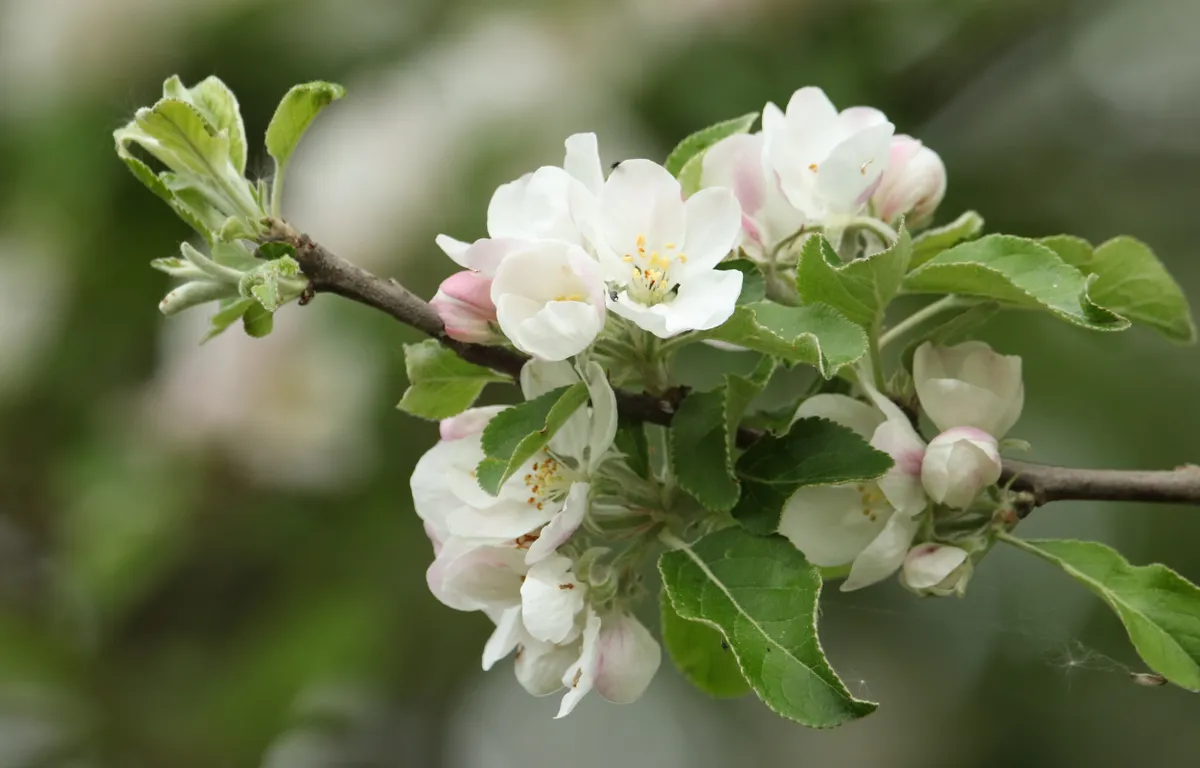
How to improve your wildflower photograph skills
Get to know your camera
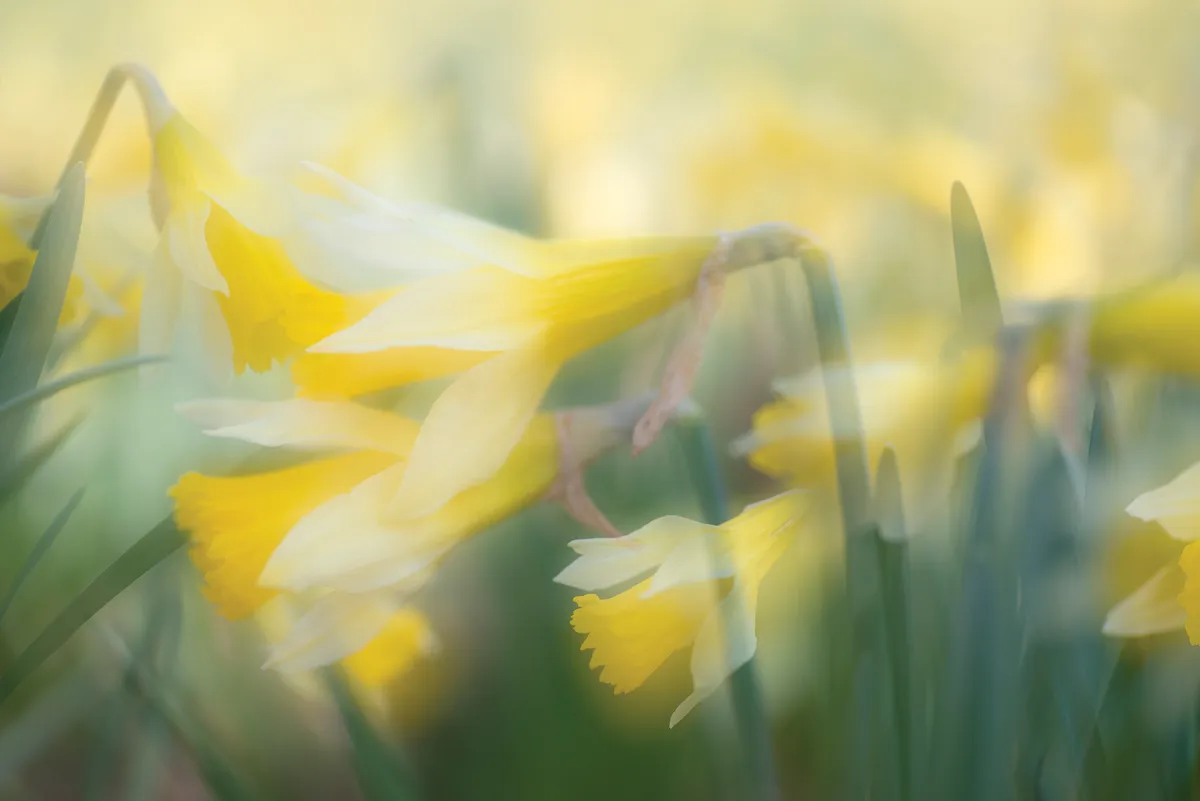
Even low-cost cameras can be very sophisticated, though most people I know, including those keen on photography, leave their camera on ‘auto’. There are great online tutorials to help you understand what your camera can do. For example, think about long exposures to deliberately blur flowers blowing in the wind or double exposures (left) to achieve more artistic effects.
Use your smartphone
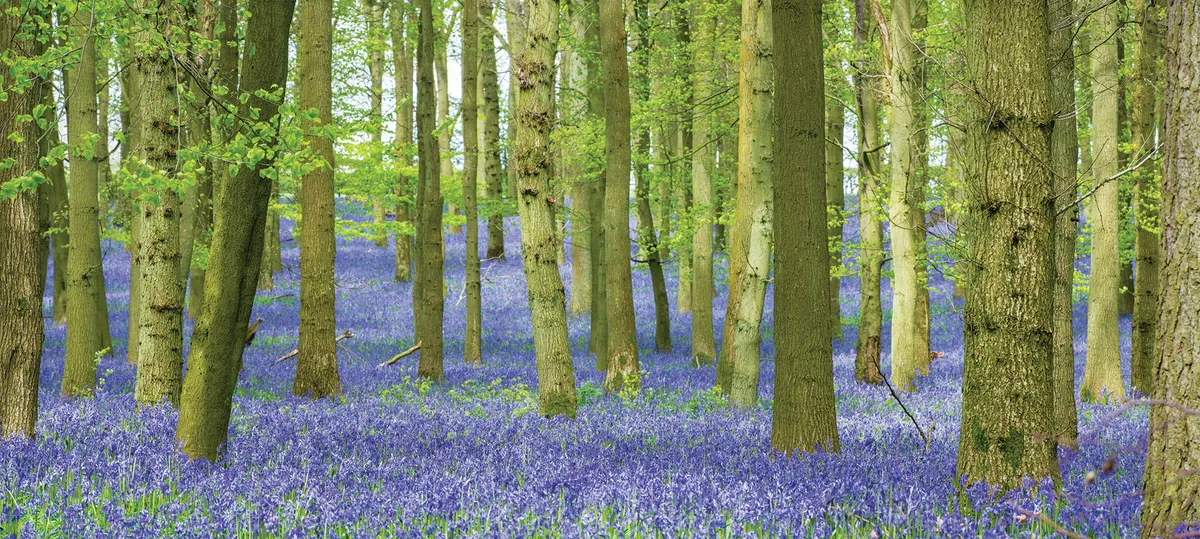
Many of us carry fantastic cameras in our pockets or bags. Today’s smartphones can capture images that would be hard to get on bigger cameras. For example, you can lay a smartphone flat on the ground and photograph spring flowers set against a gloriously blue spring sky. Smartphones are also great for creating panoramic images – perfect for capturing big flower displays.
Get muddy
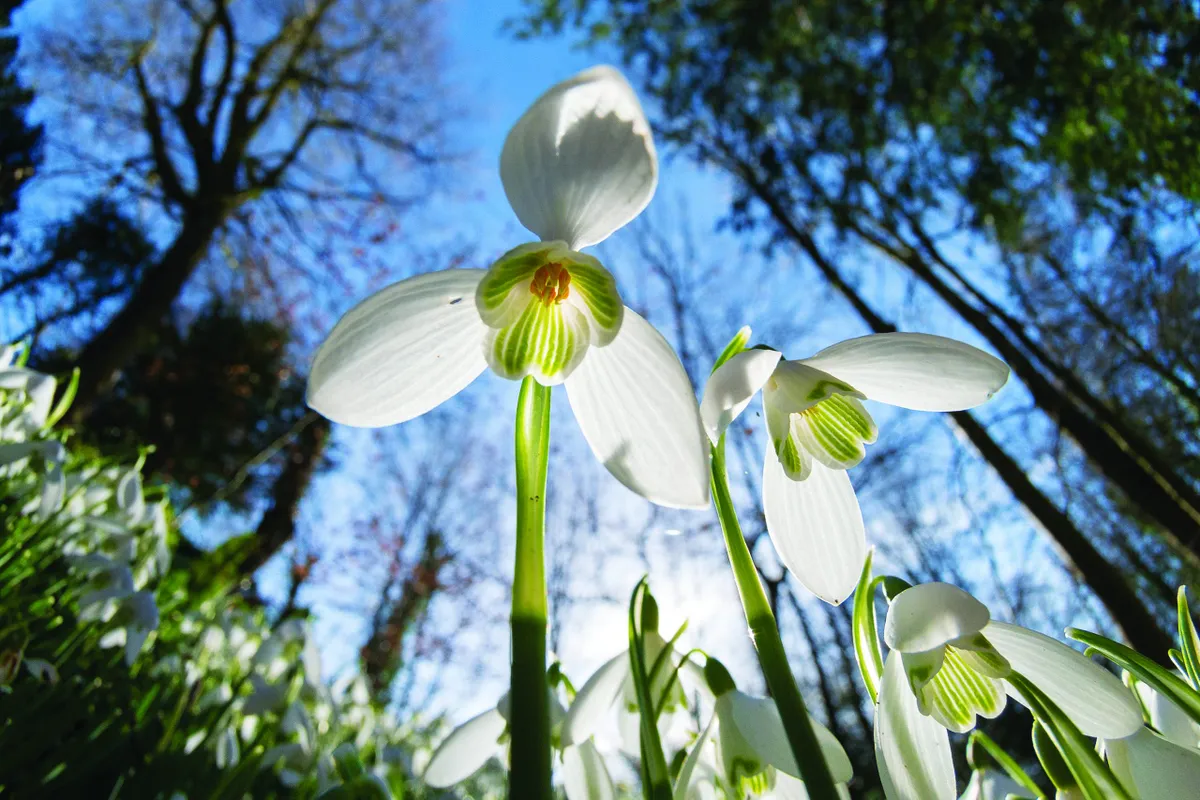
Don’t be tempted to take your photographs only from a position that is comfortable for you. Get down into their world, which usually means stretching out on the ground, where you’ll suddenly observe a different perspective, with lots of new possibilities to create great images.
Try new lenses
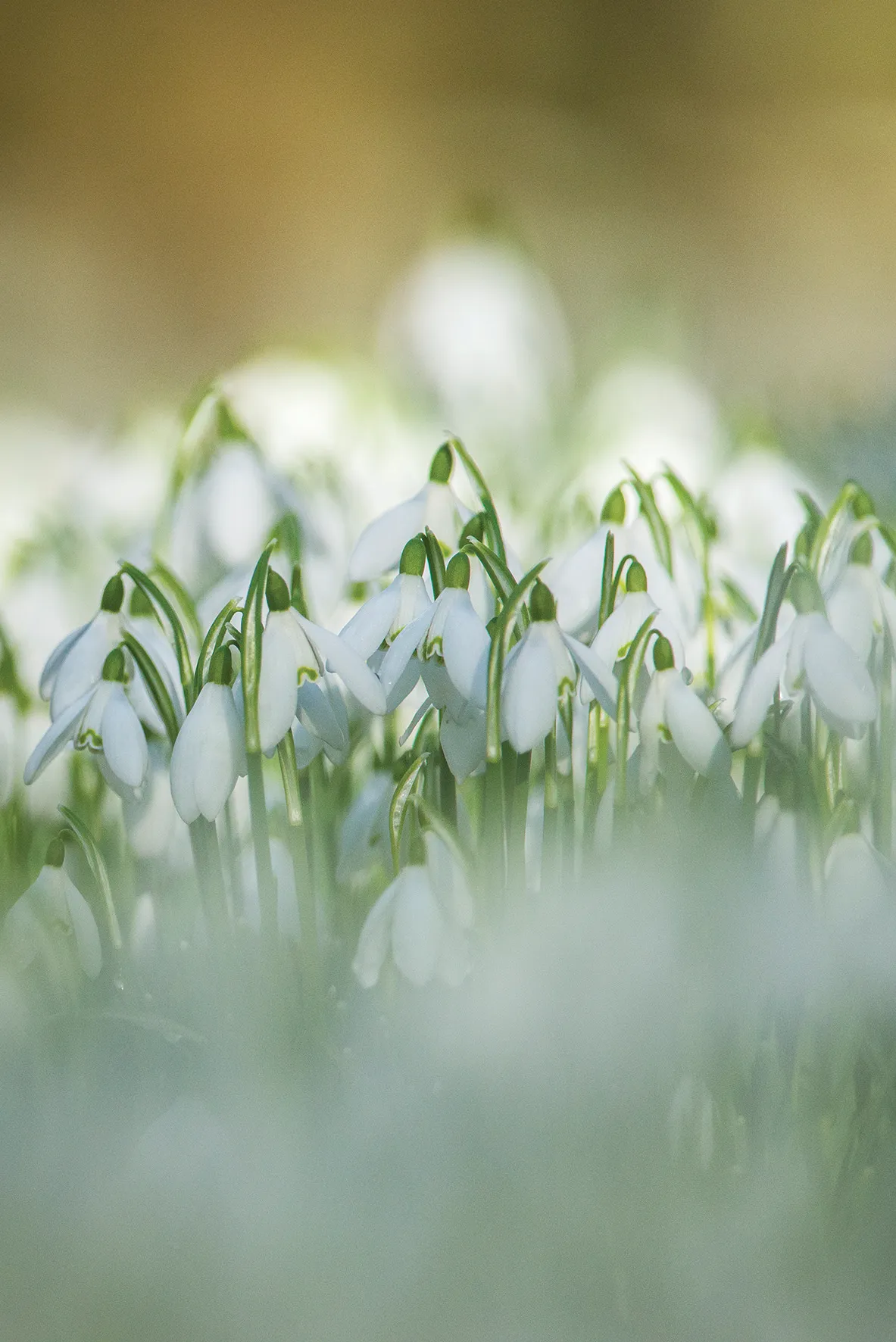
A DSLR with interchangeable lenses opens up a whole world of opportunities. A macro lens lets you capture intricate details, but my two most-used lenses are a 300mm telephoto and a 12mm fisheye. The former allows me to separate the subject from a soft and ‘arty’ background (left), while the latter lets me fill the frame with my subject while still seeing the plant’s whole environment.
Use the light
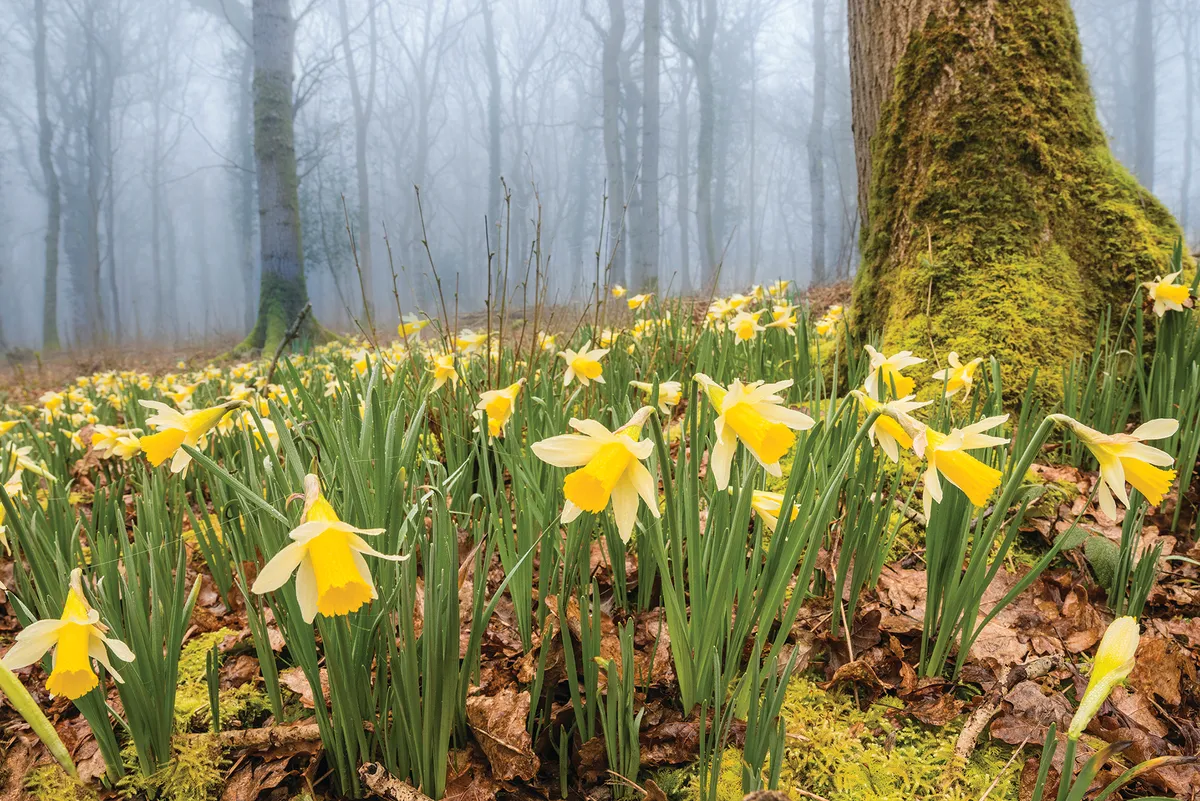
Perhaps the one thing that can make or break a photo, for any camera, is the light. The best time to capture subtle details and colours of wildflowers is on a bright but overcast day. If it happens to be sunny, you can carry a diffuser (essentially, a sheet of thin material) that will soften the bright highlights and dark shadows of a sunlit subject.
Sunny style
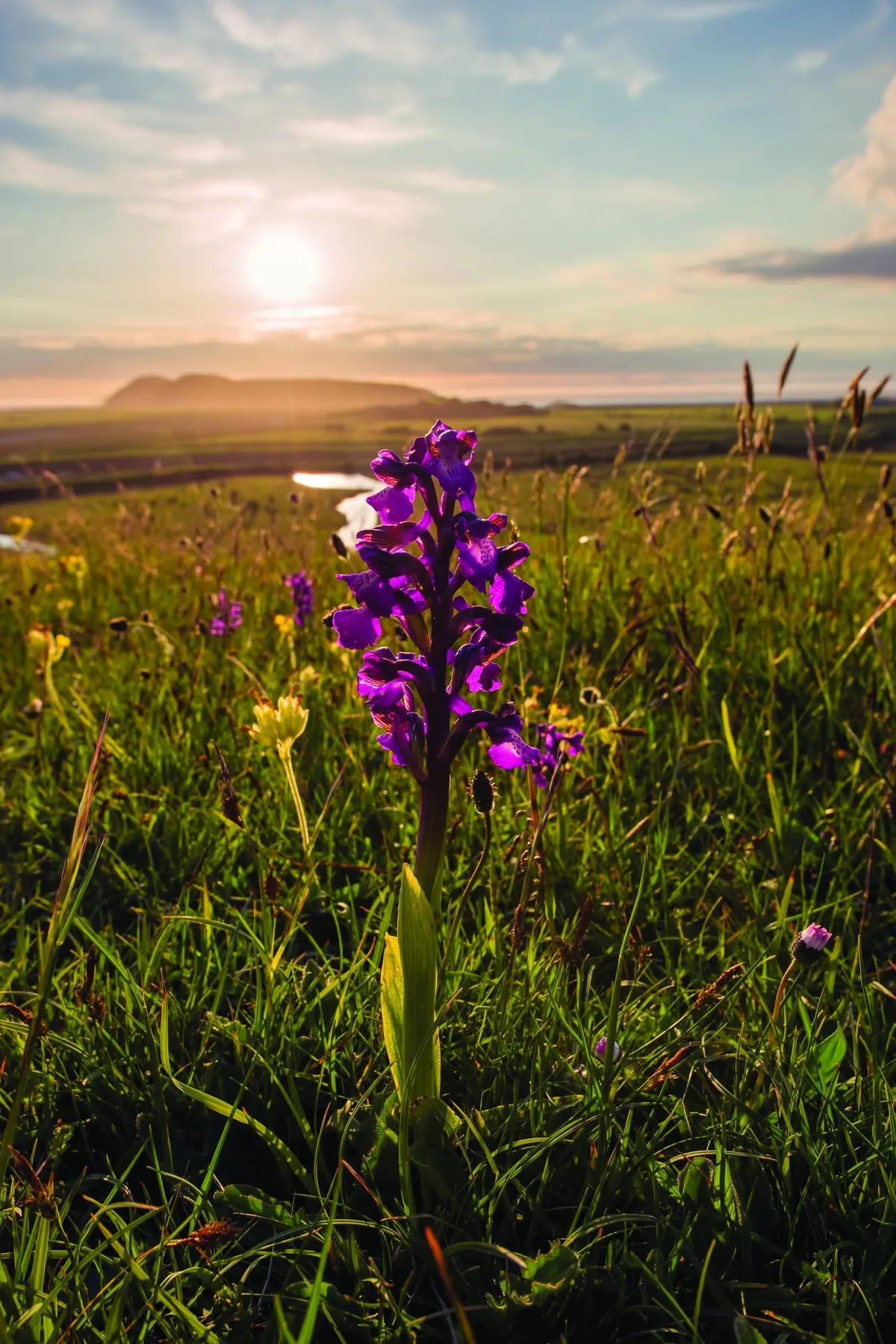
Sunny days offer an opportunity to try another style. Strong sun can be used to backlight flowers and make them glow. You can also work the sun into the composition of a shot by shooting directly into it. It’s often very effective to partially block the sun with your subject and create a bright chink around the edge of a plant.
Add your own lighting
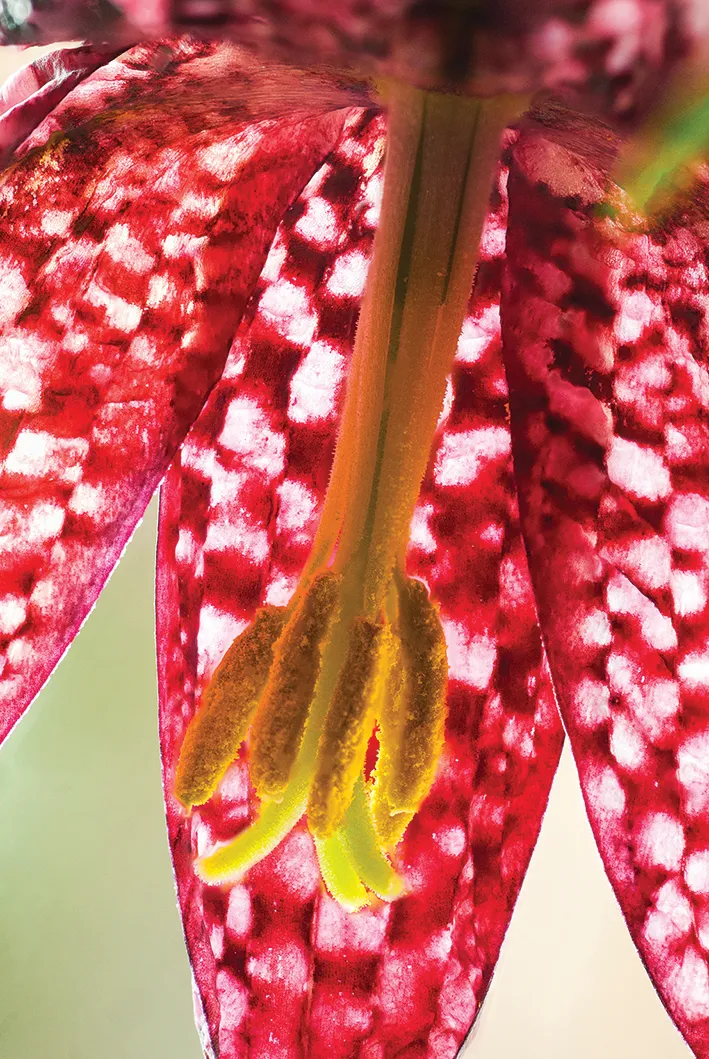
If you don’t like the light that nature has provided, you can create your own. Sophisticated flashes are sometimes complicated to use but, today, there are very low-cost LED panels that provide a beautifully soft and natural light. You can also buy LED rings that screw to the front of your lens.
Send us your best garden photos
We’d love to see the flower photos you have taken in your garden or local park. Simply tweet your pic, share on Facebook or post on Instagram using the hashtag #wildflowerphoto. Alternatively, you can email: photos@countryfile.com
Try software
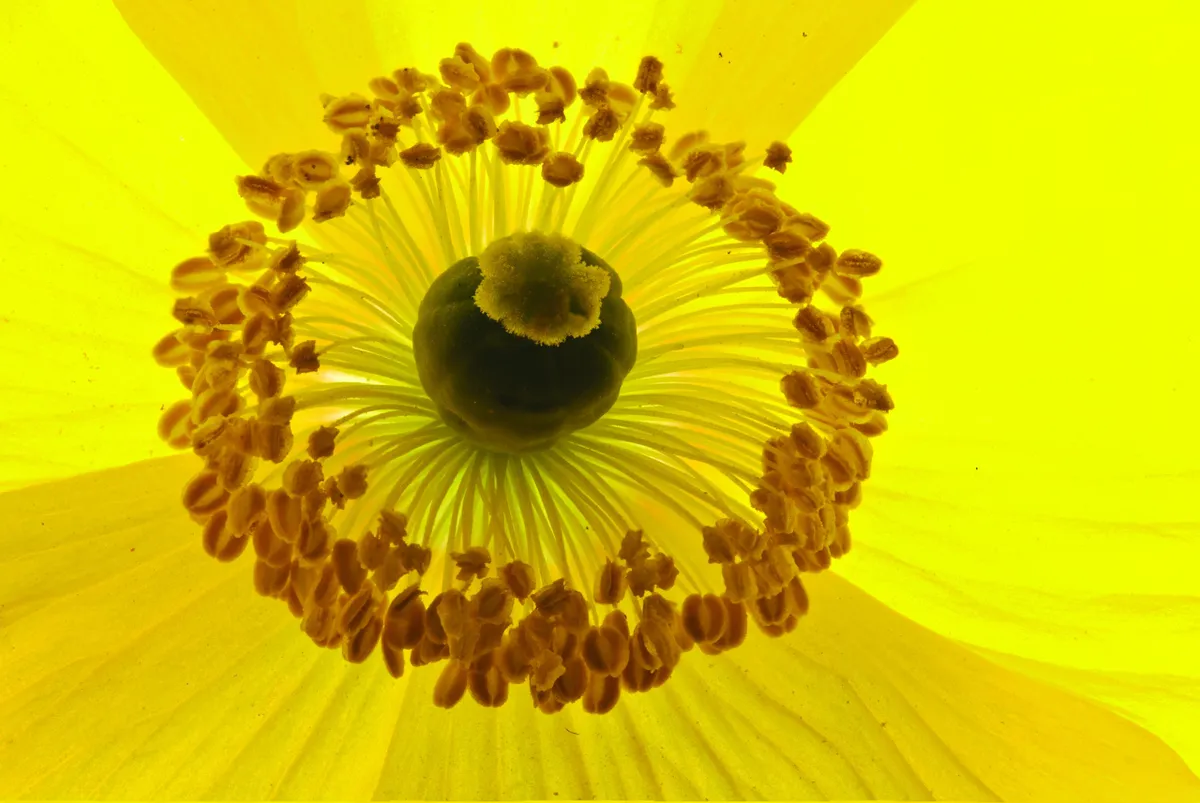
Most people prefer to spend their time in the field and not on a computer, but once you get hooked on flower photography, it’s worth checking out software that allows you to create high dynamic range (HDR) images, for extra details in the shadows, or focus-stacked images, where multiple images are fused together to create a pin-sharp image across the whole subject. It’s not as scary as it sounds!
Break the rules
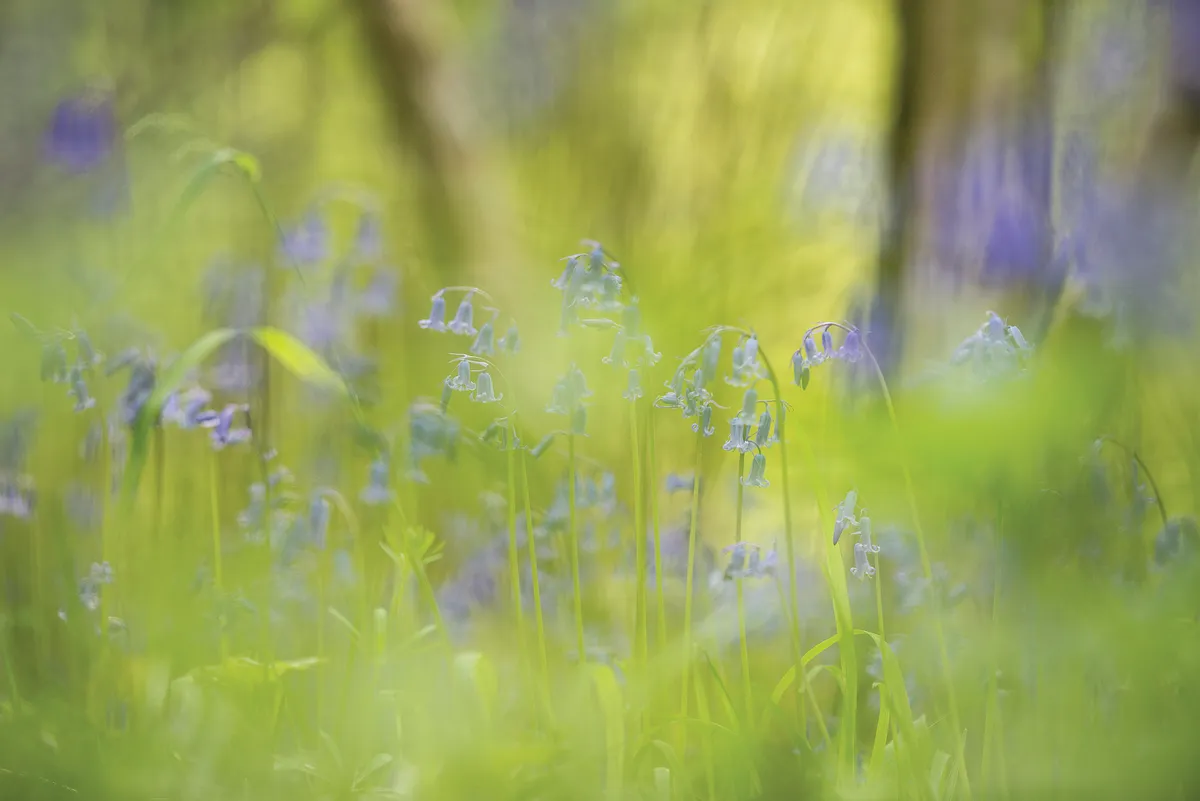
The very best photos are often the least conventional. For example, rather than clearing a good view to my subject, I sometimes shoot through vegetation that partly obscures the plant. You need to try lots of positions until you find a spot where your subject is clear, but surrounded by an abstract haze.
Abstract possibilities
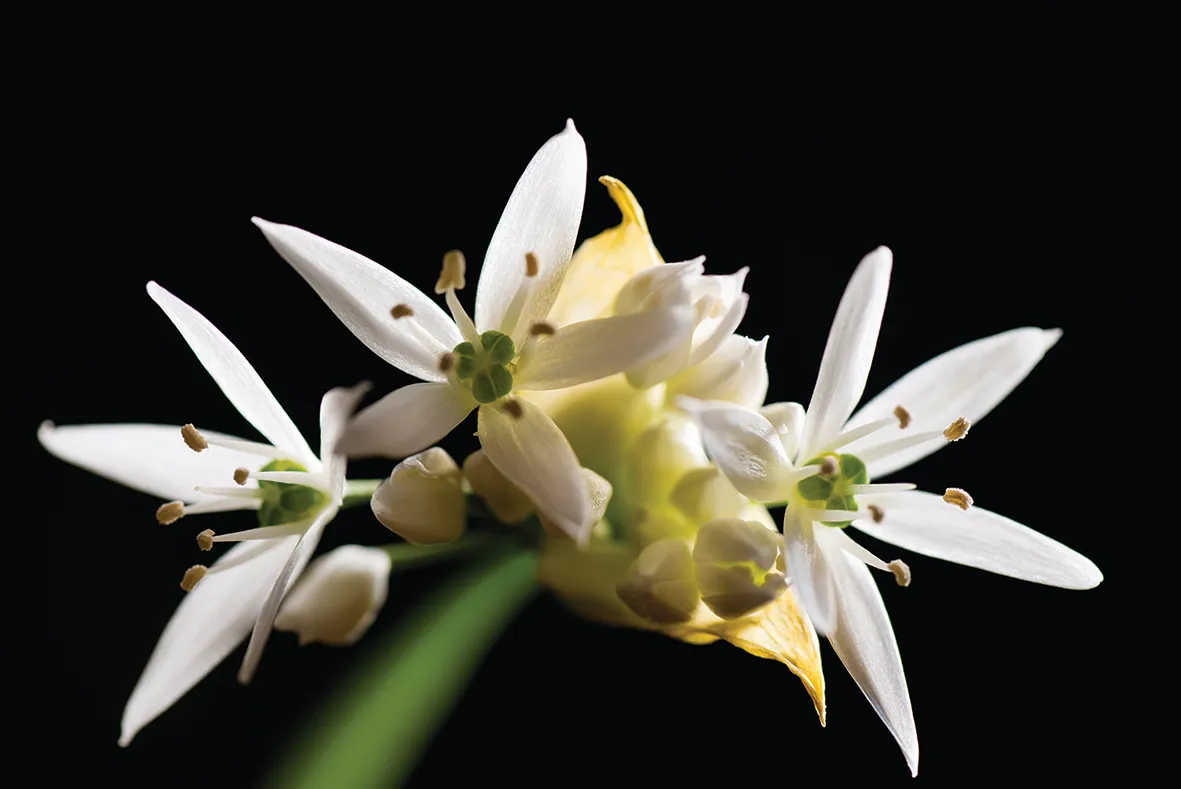
I always carry a roll of black velvet and a cheap LED A4-sized light box. To really emphasise the form of individual flowers, these allow me to create either a pure black or a pure white background to my shot.
The history of British wildflowers
It’s not just the intriguing natural history of British wildflowers that fascinates me, but the way that so many are woven into the fabric of our cultural history. The old Norse name for these wild-garlic woods was hrams-á, from which, of course, we get this plant’s alternative name of ‘ramsons’, as well as place names, from Ramsey on the Isle of Man to Ramshope in Northumberland.
Early in my career I worked as an entomologist, and I’ve been intrigued by bugs for as long as I can remember. In this period of my life, plants were just the things that some bugs ate. That changed one day when I climbed Ben Lawers in Perthshire in search of rare beetles and came across the extraordinary wild alpine gardens growing on outcrops of mica schist rocks just below the summit. Scattered over these were the impossibly blue stars of alpine gentians, a plant that I later discovered was found on just a couple of Scottish mountains. I was captivated both by its beauty and its rarity. I went up the mountain an entomologist and came down a botanist, determined to seek out as many of Britain’s exciting wild plants as I could.
I’ve always used my camera to record what I find in the field, but once I started photographing wildflowers, I realised that far more was possible. I set myself the never-ending challenge of capturing them in more artistic ways, to illustrate both their individual beauty and the way they fit into the places in which they grow. It might seem that plant photography should be easier than filming animals – after all, you don’t have to sneak up on plants. But finding the perfect plant in the perfect place when the light is also perfect is a rare occurrence. My challenge has kept me going for nearly three decades now, and there’s plenty left for me to do without ever leaving these shores.
In addition to bluebells and ramsons, spring brings golden drifts of wild daffodils, carpets of wood anemones and rarer sights, such as hay meadows decked with hundreds of thousands of snake’s-head fritillaries, so it’s easy to see why I look forward to grabbing my camera at the start of every spring and heading out into field and wood. Lengthening days and this succession of flower display triggers some deep, primeval centre in my brain that lets me cast off the heavy, dark cloak of winter to revel in the bright colours of spring.
Steve Nicholls is an award-winning producer of science and natural history documentaries, with over 30 years’ experience. He is passionate about communicating the wonders of nature, which he does through film and television as well as writing and lectures.
